Electric vehicles all come with a mobile charger. Most operate on 115 V power. These chargers are able to add back limited range at a slow rate, and are not intended to be your primary source of providing power for the vehicle during its life. One big misconception is that these chargers are designed to operate on “a normal household receptacle.” Another is that these mobile chargers will work anywhere power is available. This is not the case. Here is some very important fine print manufacturers like Tesla, Ford, Nissan, and Chevy include in their owners’ manuals that owners of EVs and those tasked with safely maintaining property should take note of.
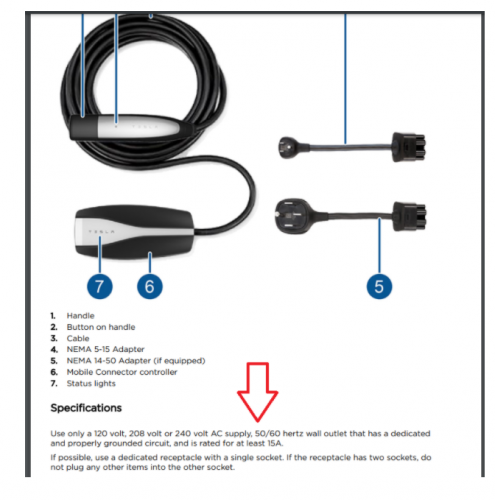
Mobile Chargers Are Not Designed To Work On A “Typical” 115 Volt Circuit
In your home, in your garage, or on your property, most or all of the 115 V circuits serve multiple receptacles or fixtures. A receptacle is an outlet into which you plug things. For example, your microwave, a toaster, a phone charger, a computer, a TV. You get the gist of it. A fixture is a thing like a ceiling lamp or other lighting appliance that is hard-wired into the circuit. Other fixtures include things like ceiling fans.
Related Story: Everything You Need To Know About DIY Electric Vehicle Charger Installation
Check your owner’s manual and you will discover that the manufacturer of your EV says that your mobile charger is not intended or designed to be used on a circuit that serves multiple outlets and fixtures. Rather, it is intended to be used only on a DEDICATED circuit that is a direct run from the panel to your outlet. So, if you park in a condo or apartment garage that has outlets strung along the floor all on one circuit, no, that is not an outlet that the automaker intended you to plug into. Don’t take our word for it. Read your manual.
Related Story: Charging an Electric Vehicle In Public Can Cost Triple What Fueling Up a “Gas-Guzzler” Does
We reached out to New England Motor Press Association member, owner of two EVs, and licensed electrician, John Pardoe, to ensure we understood this. John confirmed that indeed some appliance equipment manufacturers expect you to supply a dedicated outlet on its very own circuit. The ones that do are for appliances that have a continuous load at an amperage that is relatively high. In the case of the Bolt, GM insists that you use a dedicated circuit that is rated for 12 amps continuous duty. Tesla, GM, Nissan, and Ford all make it very clear that shred circuits are not appropriate for a mobile charger supplied with their EVs. Many EV owners ignore the manual and plug it into the most convenient receptacle.
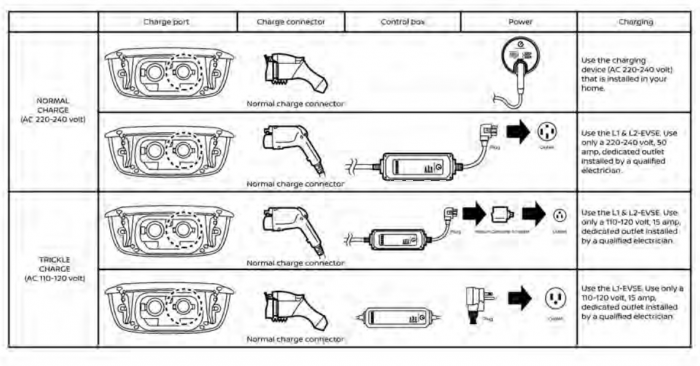
Don’t Use An Extension Cord
Look at your manual and you will also find that extension cords are a no-no. But they’re so handy! We all know that extension cords are not created equal. Some don’t even have a ground hole for the three-prong plug. Are there some robust, heavy-duty (looking) extension cords in the world? There sure are. No automaker we have found makes an exception for them. They just say “No.”
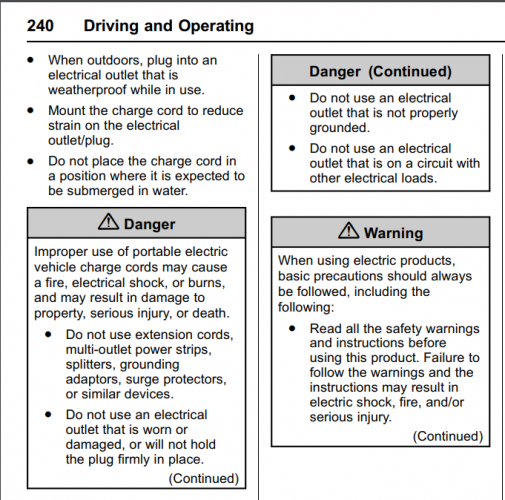
What Can Happen If You Use Your Mobile Charger Incorrectly?
Rather than speculate as to what bad things might result, we will instead simply quote General Motors who says, “Improper use of portable electric vehicle charge cords may cause a fire, electrical shock, or burns, and may result in damage to property, serious injury, or death.” That’s all. No big whoop. Just fire, burns, death. And in a shared communal living structure like a condo or apartment complex, it might be another resident who is harmed, not the owner of the EV. This is one big reason that smart condo managers and rental property owners decline a tenant’s request to use an existing 115 V receptacle for charging.
Two Bonus Tips
Electrical generators are also prohibited by Tesla. So you can forget the idea of charging your car on a generator during a power outage. And the Model Y manual says that the “Mobile Connector may affect or impair the operation of medical or implantable electronic devices, such as an implantable cardiac pacemaker or an implantable cardioverter-defibrillator.” So unplug the car before you lead Grandpa out to the garage to take a peek.
Across America, EV owners often ignore these guidelines and plug into circuits not rated for continuous high-amp duty, that may or may not be properly grounded, or if outside not properly ground-fault protected. And they usually get away with it. Sometimes the breaker trips immediately. Or the breaker trips later. Breakers protect circuits from overload and eventual failure and possible fire. Sometimes the plug or the charger gets noticeably hot. What you may not realize is that the wiring in your walls or panel might also be getting hot.
Social media is filled with EV owners furious that their condo association or landlord will not allow them to charge their EV in the nearest receptacle. They take it personally. One owner claimed discrimination in a complaint. The fact of the matter is, condo associations and landlords may realize that the existing available receptacle is on a shared circuit not designed for continuous high-amp duty. Which every major EV maker warns is dangerous to use.
John Goreham is a long-time New England Motor Press Association member and recovering engineer. John's interest in EVs goes back to 1990 when he designed the thermal control system for an EV battery as part of an academic team. After earning his mechanical engineering degree, John completed a marketing program at Northeastern University and worked with automotive component manufacturers, in the semiconductor industry, and in biotech. In addition to Torque News, John's work has appeared in print in dozens of American newspapers and he provides reviews to many vehicle shopping sites. You can follow John on TikTok @ToknCars, on Twitter, and view his credentials at Linkedin



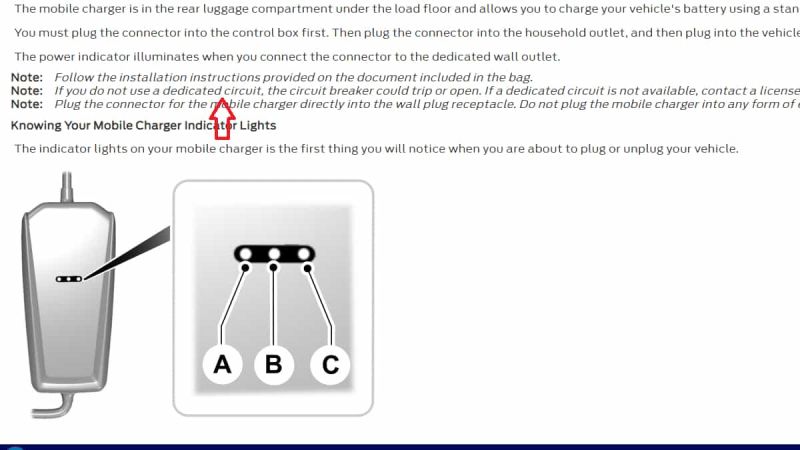




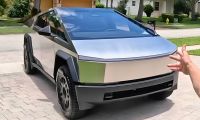




Comments
First reading your title, I
Permalink
First reading your title, I wondered what could go wrong with EVSE chargers. But as I started thinking about it, my mind quickly went to "extension cord". Actually most of the EVSEs that I have had can somehow sense when you are trying to charge your EV using an extension cord (even with a 3-prong plug) and it just won't work. My Chevy Volt 110V EVSEs connection lights would turn red, and the car wouldn't charge. Also, with the Volt, the car's internal charger would always default to 8 AMP charging, and you had to manually select 12AMP charging to get the fastest battery recharge. I quickly added a 240V EVSE at home on a dedicated circuit years ago, so I mostly had forgotten about having to be careful about home charging. Also, older PHEVs charge at half the rate of today's PHEVs and BEVs, so it was less of an issue compared to newer EVs plugged in at home today.
The plug of EV charging
Permalink
The plug of EV charging system could be designed using capacitance effect and inductive voltage so that nearly zero amp are being drawn from the receptacle only fluctuation of induced voltage like the CCD cell in digital camera cell are being read bit by bit along a serial time line as the AC voltage from receptacle input first to the plug first plate which induce an opposite voltage to second plate which in turn in dice a opposite which mean back to original voltage at the first plate and no current flow so the real charge is return the battery to its original stage before used therefore no amp used from receptacle only amp are running with battery cells